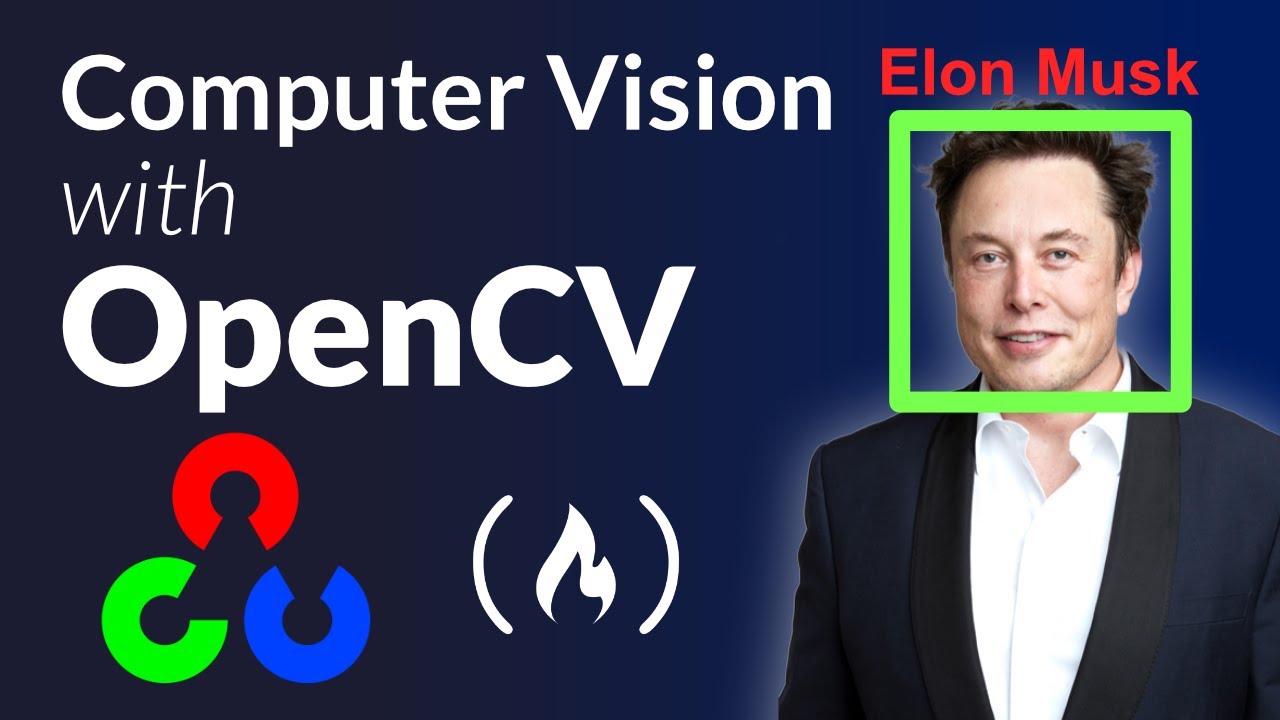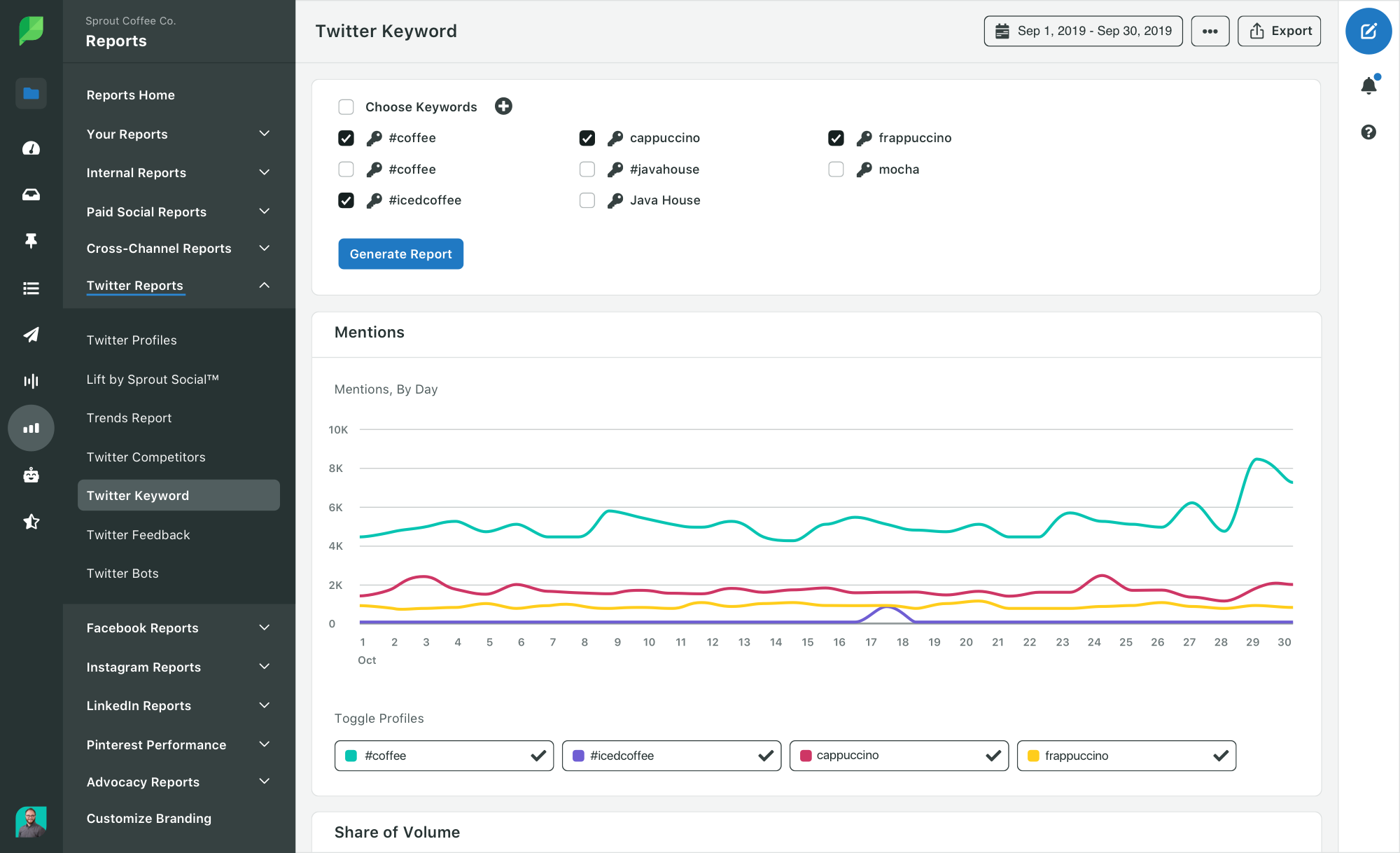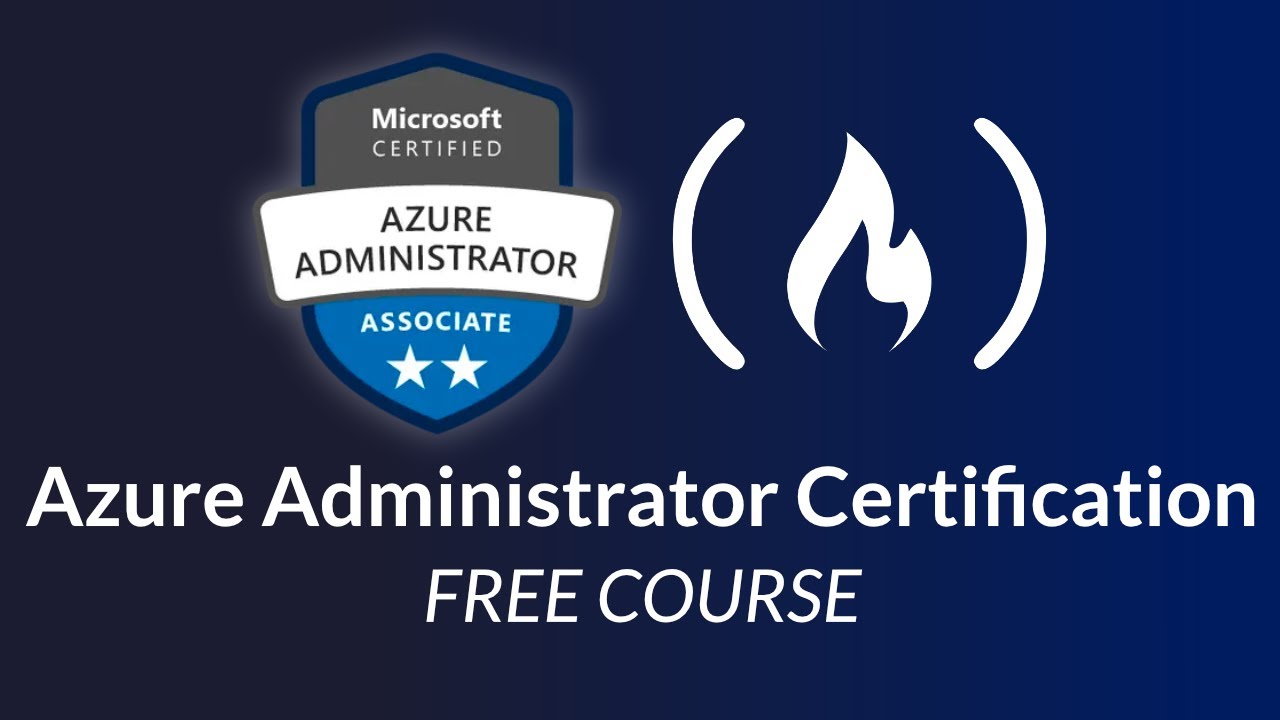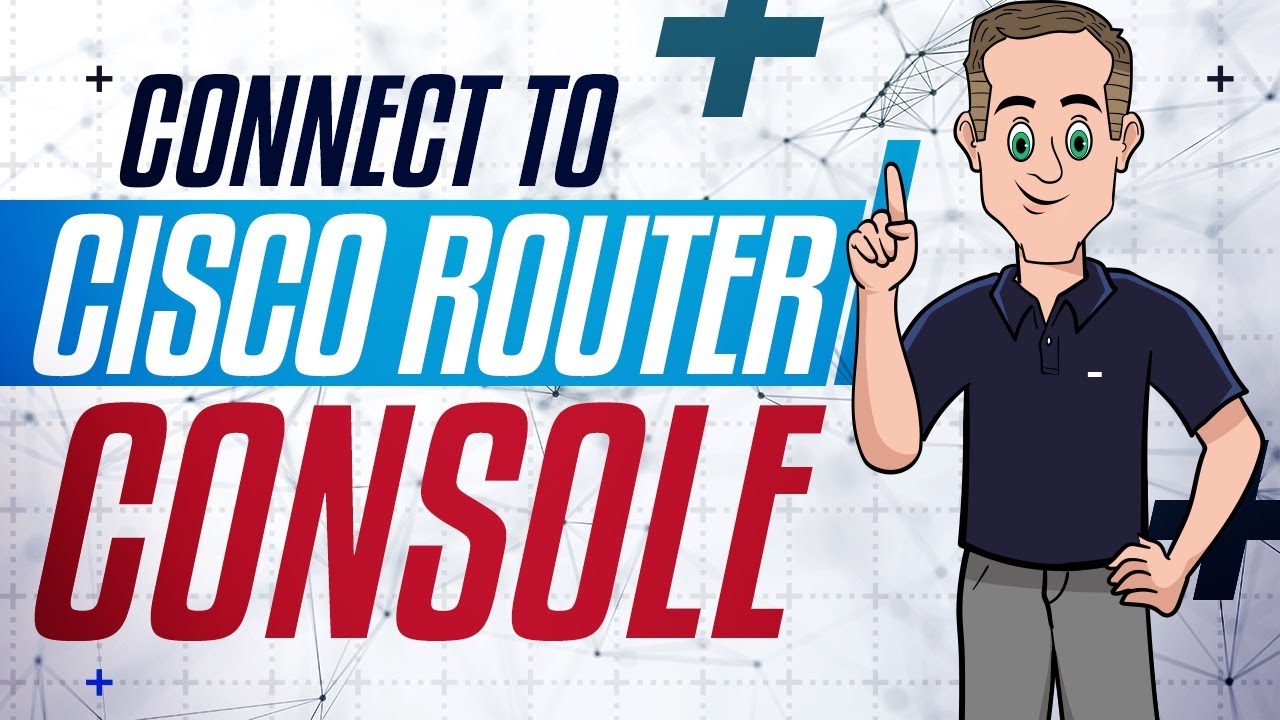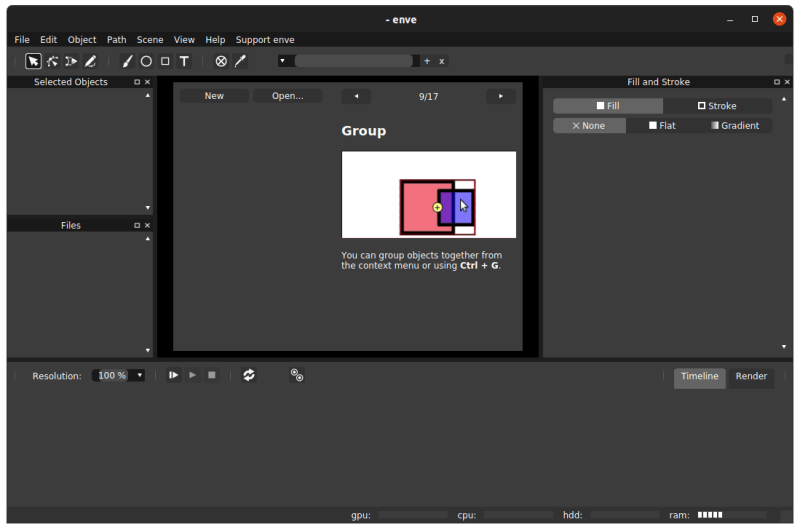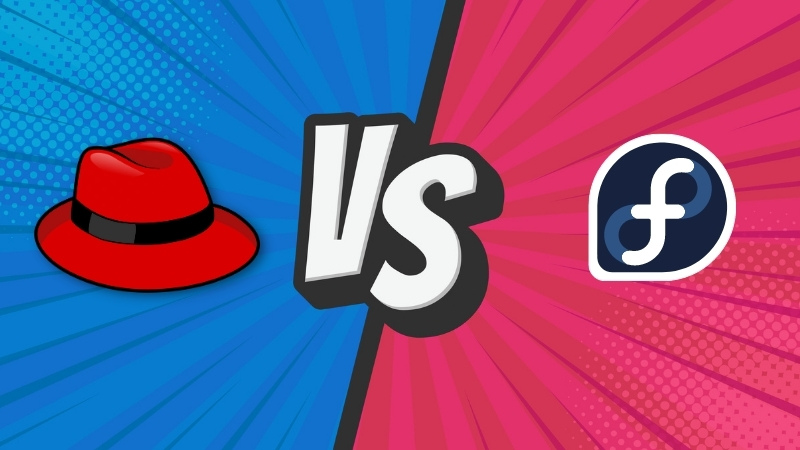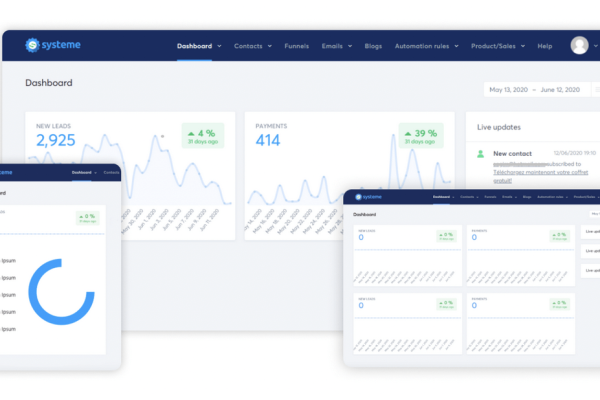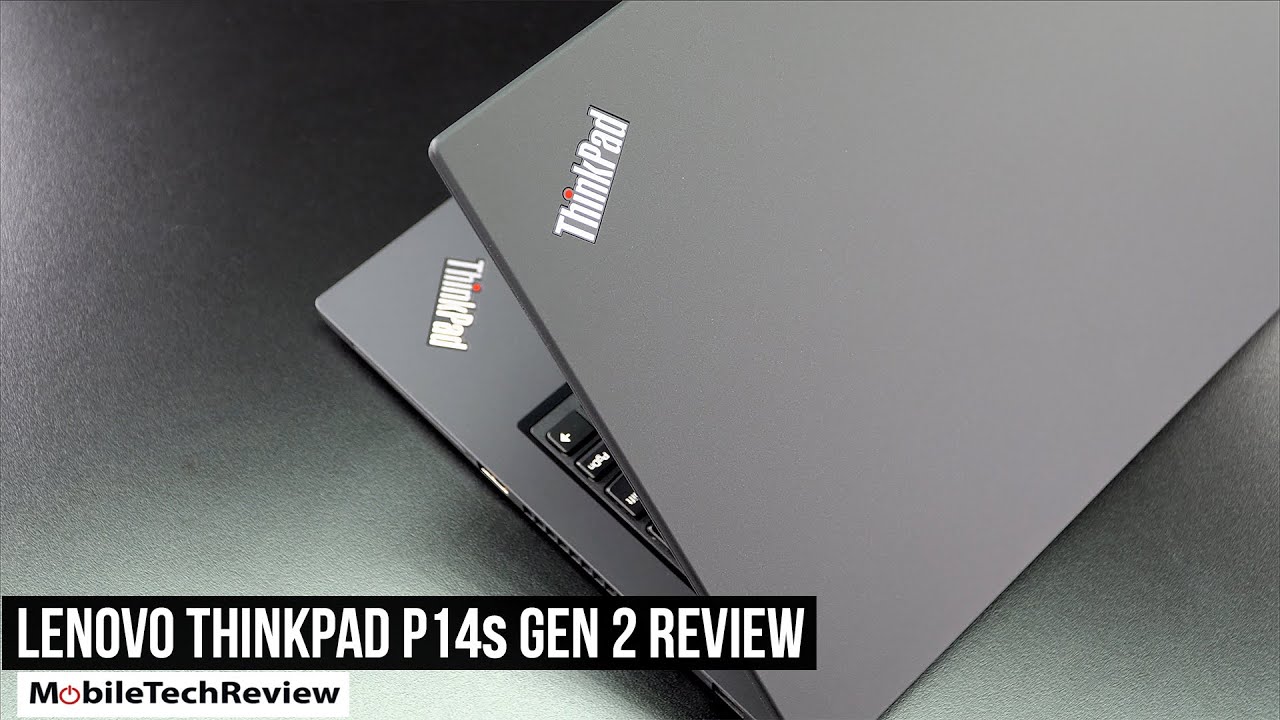
How to Set a Custom 404 Page With .htaccess
In this article we’ll show you how to set a custom 404 page via a .htaccess file. This will allow you to set the error message that visitors to your site receive when they request a page that doesn’t exist on the server. If you read our previous article about 404 error not found pages it…


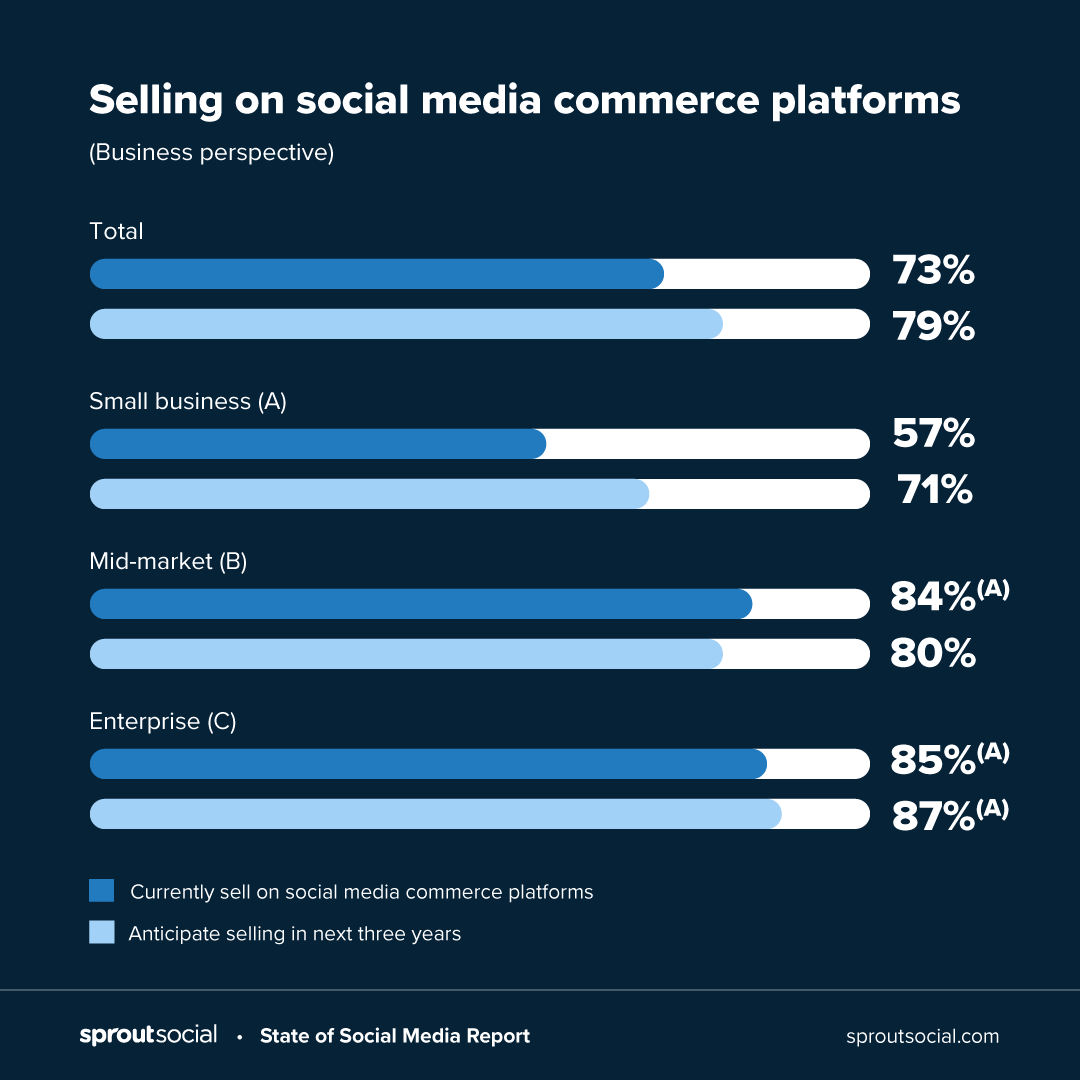
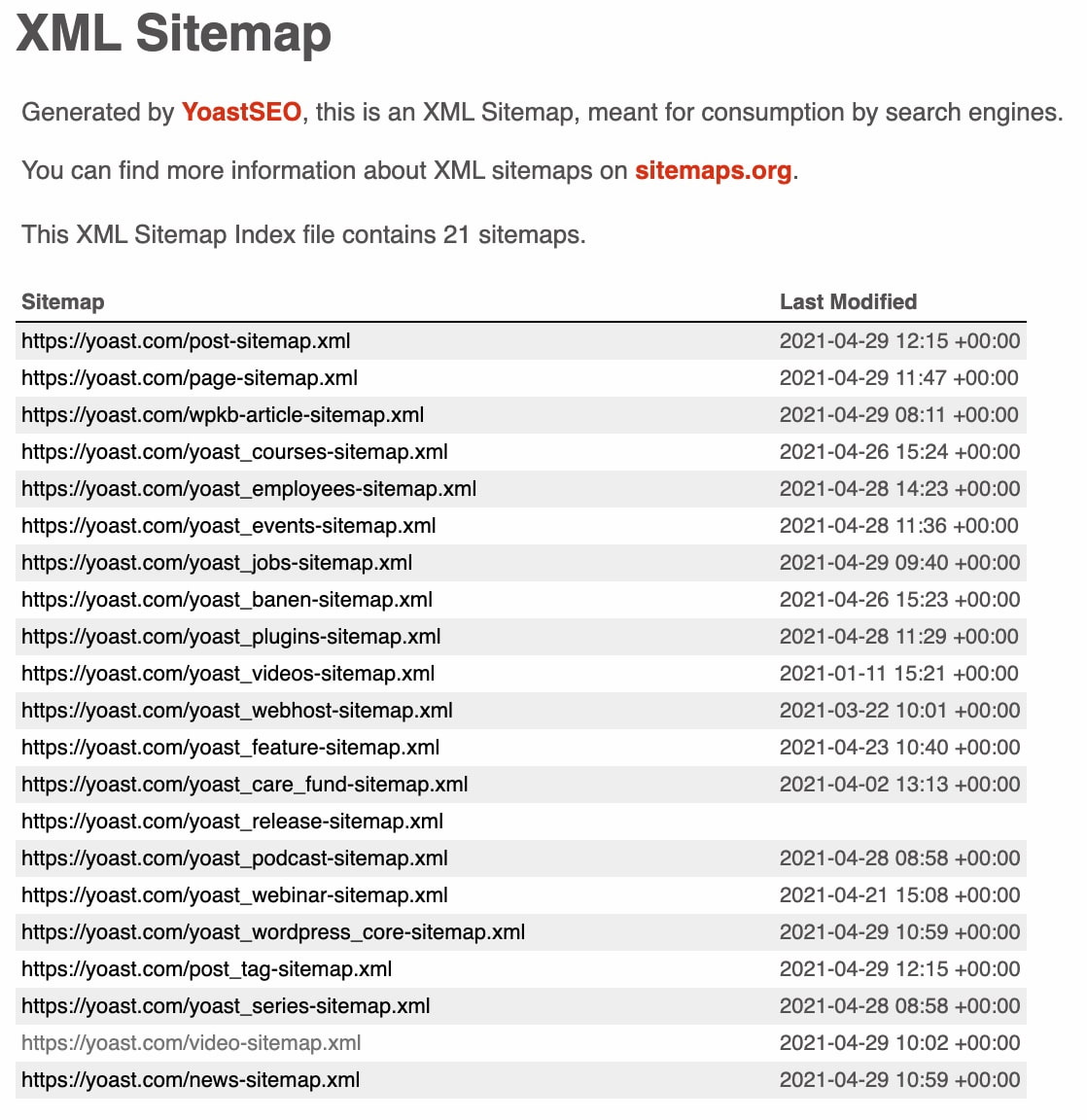


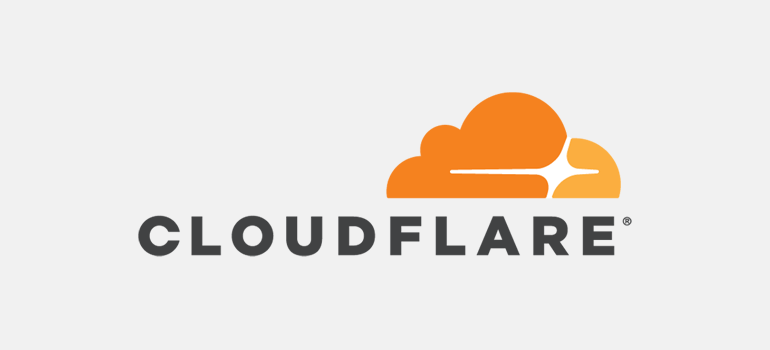
![How to Add a Directory to PATH in Linux [Quick Tip] how-to-add-a-directory-to-path-in-linux-quick-tip](https://wiredgorilla.com/wp-content/uploads/2021/05/how-to-add-a-directory-to-path-in-linux-quick-tip.png)
